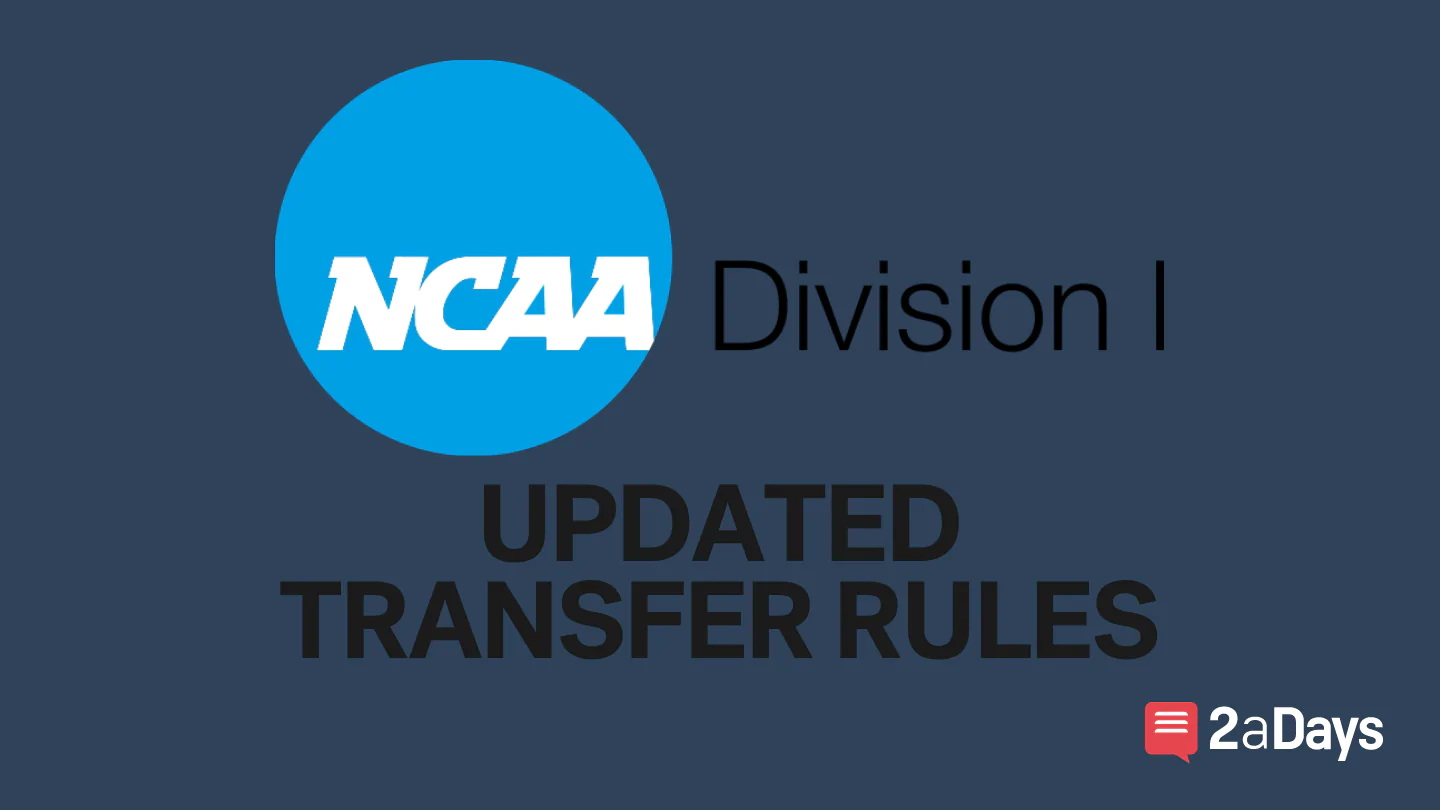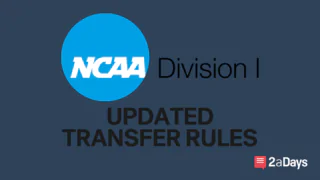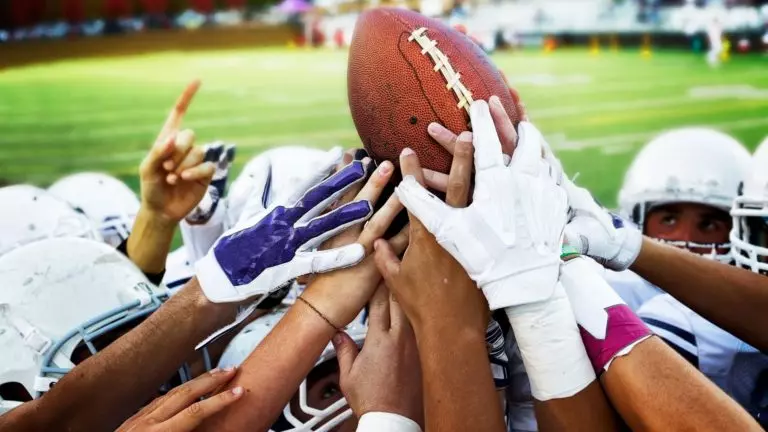The Division I transfer process can be confusing and stressful. On top of moving to an entirely new school, you also have to deal with the NCAA rules and regulations. The transfer portal is becoming increasingly popular and information is more needed than ever. Here are the new Division I transfer portal rules:
Division I Transfer Portal Facts (2022)
- In 2022, 13% of Division I athletes (20,911) entered the transfer portal.
- 7% of these athletes transferred successfully.
- The main reasons for Division I transfers in women's sports were mental health and conflict with coaches or teammates.
- The main reasons for Division I transfers in men's sports were mental health and playing time.
There are two scenarios when transferring to a Division I school:
1. Transferring from a 2-year school to an NCAA Division I school
This information will apply to you if you have never attended a four-year college full-time.
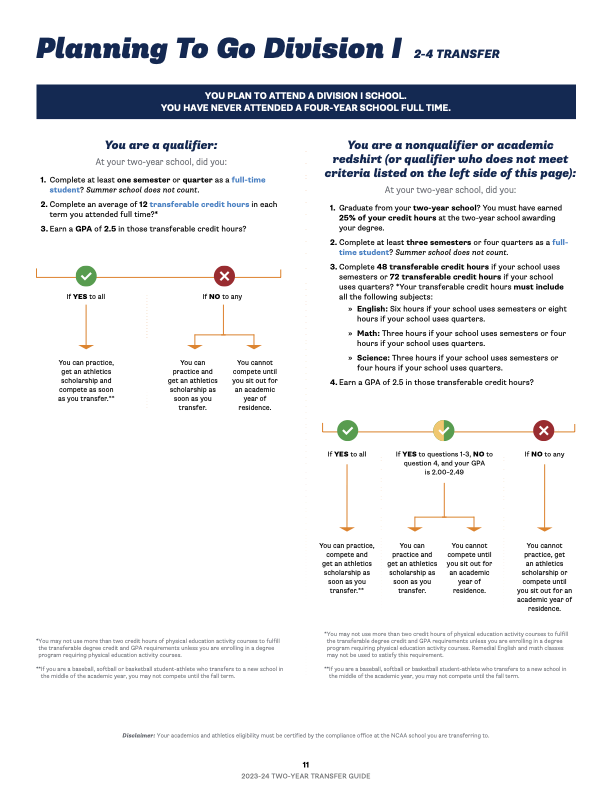
Key Questions:
- Did you compete as a full-time student?
- Did you complete credits in NCAA core courses?
- Have you earned the minimum GPA?
2. Transferring from a 4-year school to 2-year school to an NCAA Division I school
This information will apply to you if you attended a four-year school and now attend a two-year school, but want to transfer to an NCAA Division I school.
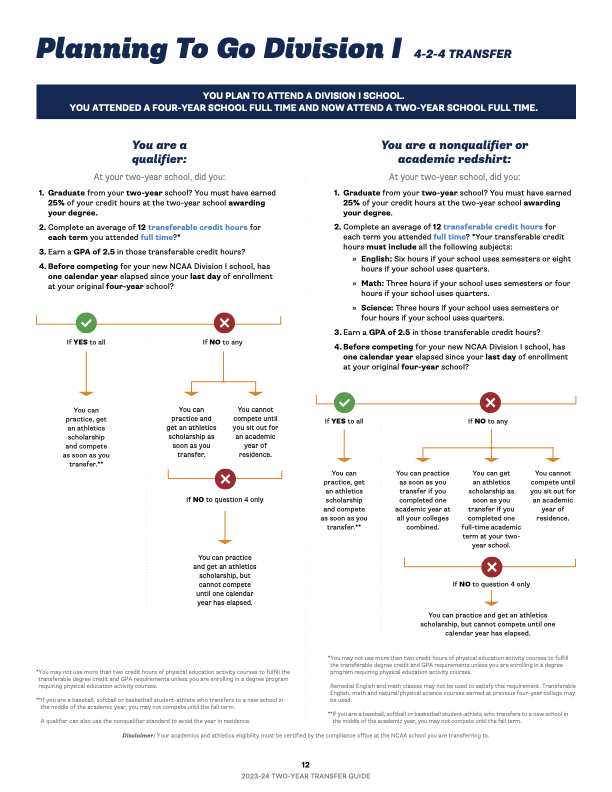
Key Questions:
- Did you from the 2-year school?
- Did you earn the minimum GPA?
- Have you completed the NCAA core courses?
- Has a full year passed since you attended your 4-year school?
Must-Dos:
1. Make sure you are 100% certain about transferring
If you are going back and forth about whether you want to transfer to a Division I school, ask yourself these questions. If you inform your school and coach that you are entering the transfer portal, your current scholarship is not guaranteed if you end up staying.
2. Register with the NCAA Eligibility Center
Registering with the NCAA Eligibility Center will ensure that you meet all criteria to play Division I sports. They will look at your GPA, core course record, and amateur status.
3. Keep your GPA above 2.5
As you can see in the flowcharts above, you will need to have a GPA of 2.5 or higher to compete as a Division I athlete. If you don't, you will likely have to sit out of competition for a year.
4. Obtain a permission-to-contact letter from your compliance office
A permission-to-contact form will allow coaches to start contacting you. This is a crucial step in beginning your transfer process.
